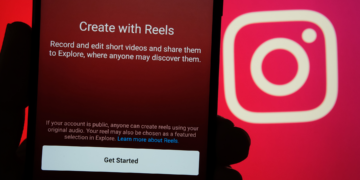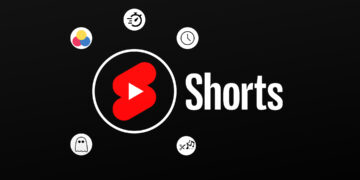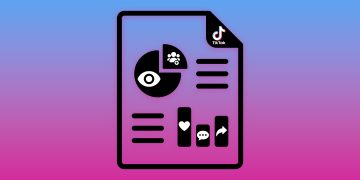Instagram’s algorithms

- According to which criteria the algorithm decides which posts are displayed to whom
- How the algorithms differ for Feed, Stories, Reels, and Explore
- Why you should therefore use different strategies
As a musician, you are often dependent on tools made available by tech giants like Spotify, Apple, Amazon, Facebook, or Google – all companies that are not necessarily known for their exorbitant transparency. Therefore, it often takes external pressure before those companies give some more insight into their process, like Spotify and Apple Music recently did. Instagram seems to have felt this pressure, as well, as they have now divulged some information concerning their algorithm.
The first thing they make clear is that they don’t have just one algorithm but that there are different ones at work, each with their own function. When Instagram was launched in 2010, they showed all the posts in chronological order. The more users and the more content showed up, however, the more difficult this became. In 2016, users supposedly missed 70% of the posts in their feed, including half of the posts made by their closest friends.
Because of this, the feed was adjusted to show those posts that interest the user the most (or rather, that the algorithm in charge speculates interest the user the most). Every part of the app, from the Feed to the Search to the Reels, has its own algorithm based on user behavior for each. Here, we’ve put together the deciding criteria for you.
Feed & Stories
Here, the algorithm places its focus on friends, family, and generally people that the user is closest with. That’s why, with the exception of ads, the feed and stories primarily feature the newest posts from the people that the user follows. According to Instagram, which posts and Stories are effectively shown is determined based on thousands of signals. Broadly summarized, these include:
- Information about the post: Content, length, popularity, time, and place
- Information about the person who posted it: The algorithm will try to find out how important this person is based on the interactions that have occurred in the past weeks.
- User activity: Based on these, the algorithm identifies what the user is interested in, for instance by seeing what posts they’ve given a like
- Interactions: This is supposed to show how interested the user is in the posts of a particular person. It’s based, among others, on how much the user has commented on their past posts.
Thus, the user is shown the posts and Stories where the algorithm senses the highest chance of an interaction. What qualifies as an interaction is how long the user looks at a post, and whether they like, comment, save, or tap on the profile photo. The algorithm is also careful not to show too many posts from the same person in a row.
Explore
Unlike the Feed and Stories, the Explore page does not show posts from people that a user follows, but introduces brand new content instead. In order to do that, Instagram analyzes what posts the user has liked or saved before. After that, similar photos and videos are filtered out and finally sorted according to how high the chances are that the user will interact with them.
These are the criteria, listed in order of importance:
- Information about the post: This carries a bigger weight when it comes to the Explore page.
- Interactions: Even though the user doesn’t know the person and doesn’t follow them, there still might have been interactions between them that are taken into account.
- User activity: Here the interactions in the Explore Tab are taken into account, that is, what posts the user has previously looked at, liked, or saved.
- Information about the person who made the post: The algorithm sees how many people have interacted with this person and finds out how interesting their posts are for others, as well.
Reels
When it comes to Reels, the focus lies primarily on entertainment. Most of the content here, too, comes from accounts that the user does not follow. So, the process of the algorithm is comparable to the search function, but much more heavily aimed at entertainment. The algorithm tries to determine which Reels a user might watch all the way through or which might even encourage them to visit the audio page where they might make their own Reel using the song that was used.
The most important signals here are:
- User activity: Which Reels have they watched, liked, or commented on?
- Interactions: Similar to the Explore page
- Information about the Reel: Information about the content, the song that is used in it, as well as the popularity of the Reel
- Information about the person who made the post: I.e., popularity
Instagram makes it clear that they cannot promise that every post will reach the same number of people. According to them, it is a simple fact that a majority of someone’s followers will not see a post they’ve made. This is apparently because most users look at less than half of their feed. Of course, the algorithm also predetermines what is being shown at all.
Just as there are different algorithms, as a musician you will also need different strategies. Reels should be utilized especially to reach potential new fans. What’s important here is, once again, the entertainment value.
With posts and Stories, on the other hand, you are primarily catering towards your existing fanbase. What all of the features have in common is that you always have to think about what might incite the most interactions which might then be picked up by the algorithm.











